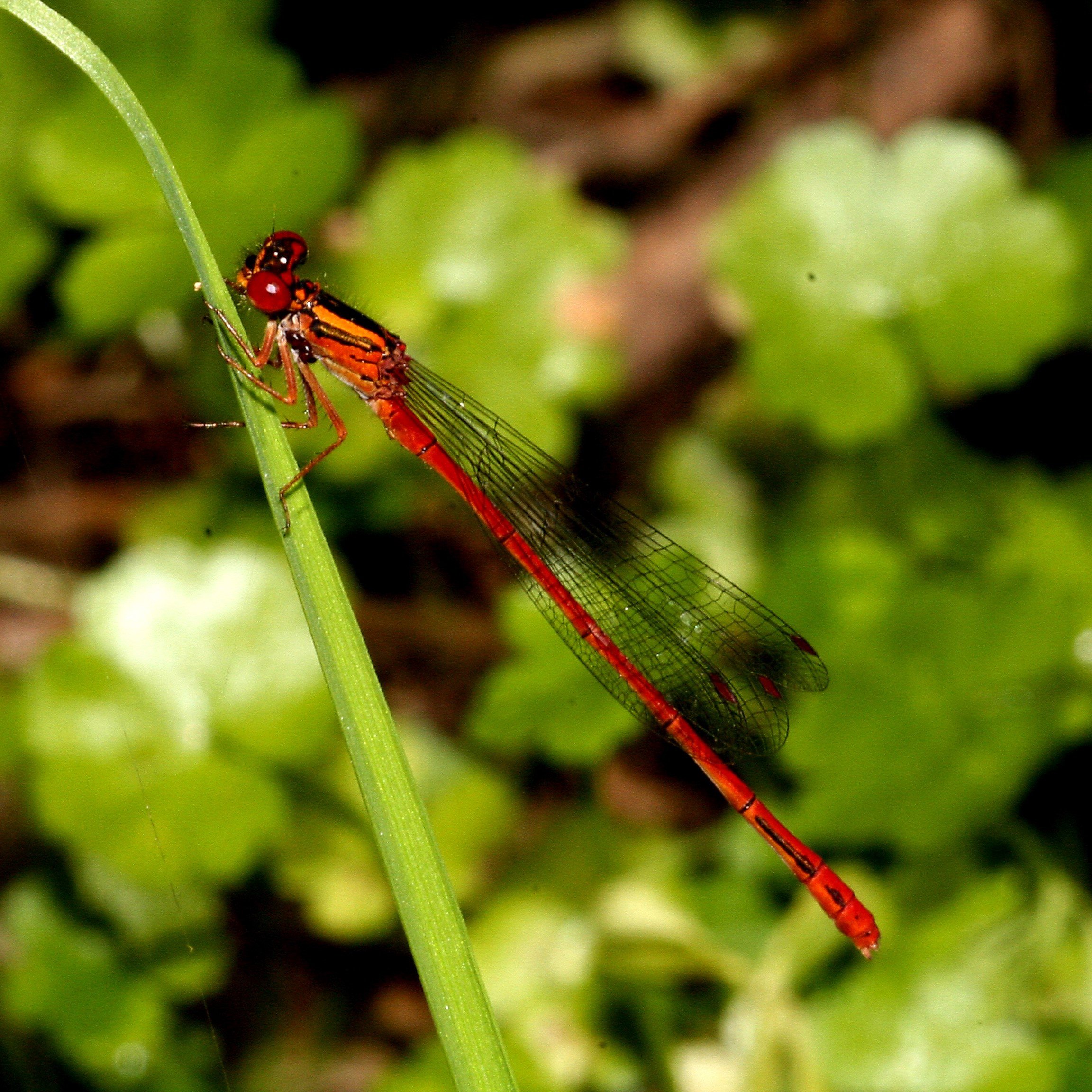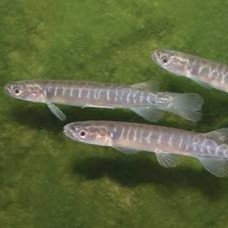
Birds
A total of 54 bird species have been recorded within the Rotokare Scenic Reserve, with 36 of those native species and a handful of threatened species, some of which have been reintroduced to the region. With the lack of introduced mammals, populations have thrived and the reserve has become a wildlife safehaven and a very popular place for birdwatchers and conservationists alike.
Herpetofauna
Herpetofauna in Aotearoa includes lizards, frogs, and tuatara. There are four native species of lizards, and at least one introduced frog species. It takes around 10 years for lizard populations to recover once their habitat has been protected, we are now starting to see the benefits of pest management at Rotokare as sightings of herpetofauna begin to increase within the reserve. We are actively monitoring the lizard populations within the sanctuary to detect what species are here and in what numbers. This, in turn, can help us identify suitable species for reintroduction.
Invertebrates
A diverse assemblage of terrestrial and freshwater invertebrates thrive in Rotokare Scenic Reserve including Kōura/freshwater crayfish, giraffe weevils, wētā, peripatus, stick insects, pūruri moth, amongst others.
Plants
179 indigenous plant species exist within the Rotokare Scenic Reserve, including actively reintroduced species such as Green Mistletoe and Dactylanthus (Wood Rose).
Fish
Lake Rotokare and its streams are home to three native fish species: Longfin Eel, shortfin Eel, and Banded Kōkopu. Unfortunately, the lake has a population of European Perch, an introduced species that impact native fish by out-competing them for space and resources.
Mammals
Only one species of mammal lives within Rotokare Scenic Reserve, the Long-tail Bat. Rarely seen, this bat’s population is monitored by frequency-detecting monitoring devices that pick up on pekapeka (bat) hunting vocalizatioins.






